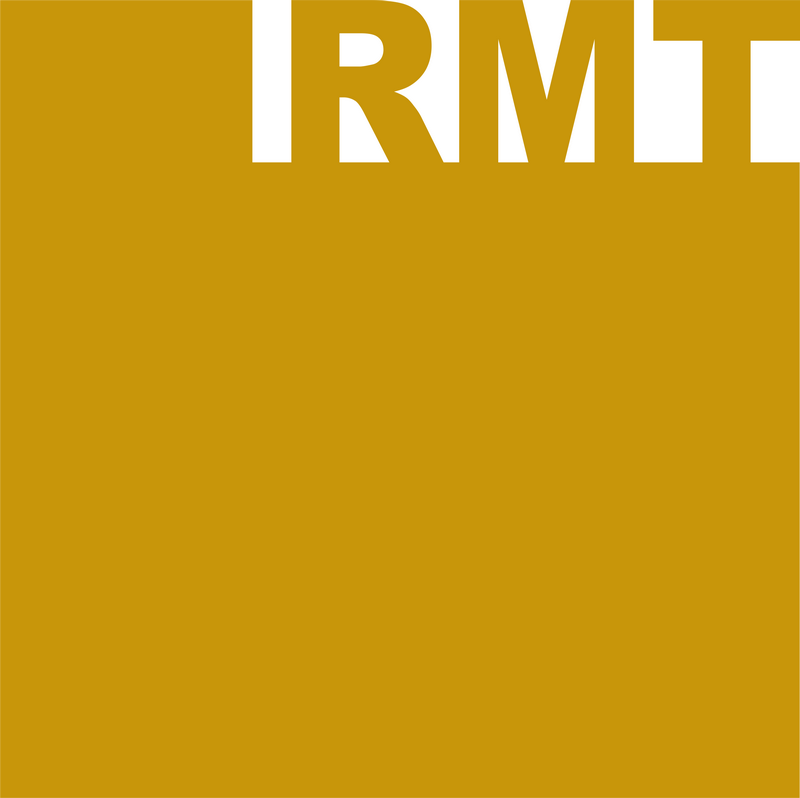Common interests
Students, who are interested in the research topics described are very welcome to contribute to the research progress by writing a scientific thesis. Engineers around the world are invited to share thoughts and experiences in order to bundle strengths.
